
Islands are home to unique ecosystems, often with species found nowhere else on Earth. But when invasive species are introduced—whether by accident or intention—they can have a huge impact on the local population. These invaders disrupt ecosystems, drive native species to extinction, and are almost impossible to remove.
Rats

Rats, often introduced by ships, have devastated island ecosystems by preying on native birds, reptiles, and plants. In places like Hawaii and the Galapagos, they’ve decimated ground-nesting bird populations and disrupted natural habitats, making their removal nearly impossible.
Cane Toads
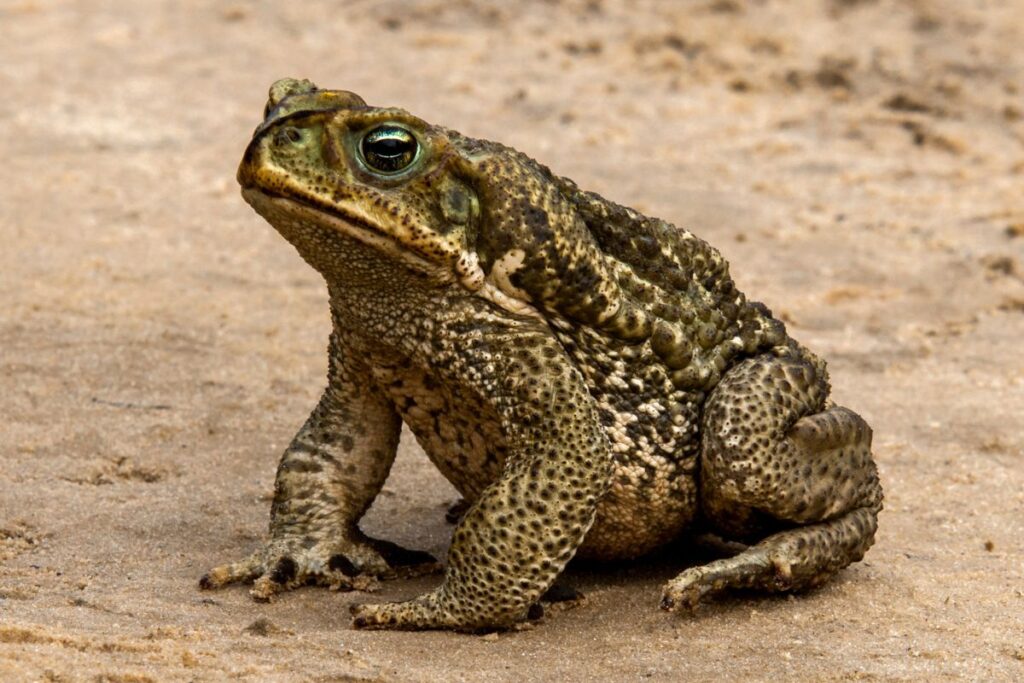
Cane toads were introduced to Australian islands to control pests but became pests. They outcompete native species and poison predators with their toxic skin. Their rapid reproduction makes them impossible to eradicate.
Goats

Goats were brought to islands like the Galapagos for food but now graze on native vegetation, destroying habitats and leading to erosion. Their adaptability and breeding make it nearly impossible to remove them without harming ecosystems.
Brown Tree Snakes
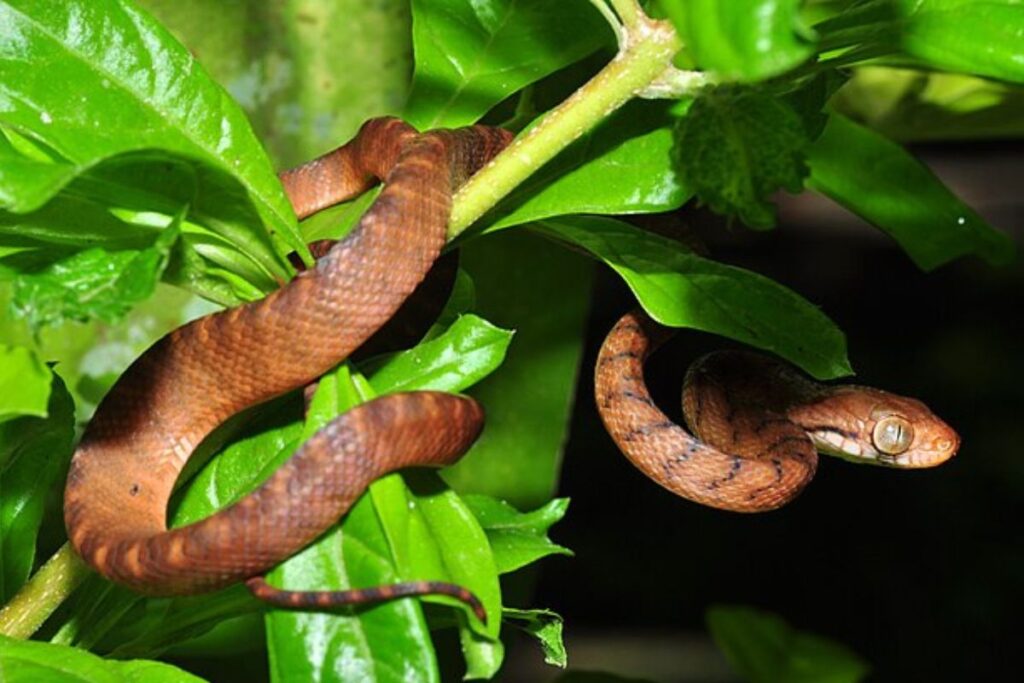
Brown tree snakes arrived in Guam after World War II and wiped out native bird populations. With no natural predators and a talent for climbing, they’ve overrun the island, even causing power outages by shorting electrical grids.
Feral Cats
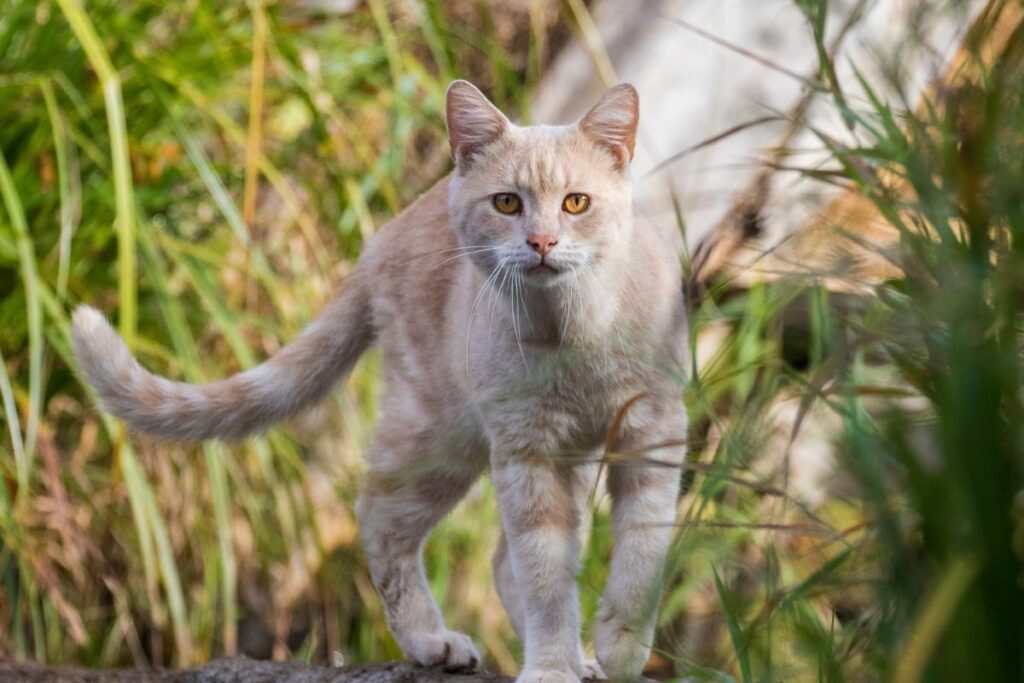
Feral cats prey on native birds, reptiles, and small mammals on islands worldwide. On islands like New Zealand’s Stewart Island, they’ve driven many species to extinction. Their stealth and high reproduction rates make them unmanageable.
Mongoose

Mongooses were introduced to islands like Jamaica to control rats, but native birds and reptiles were attacked instead. They quickly became more of a problem than the rats they were meant to eliminate, with devastating ecological impacts.
Argentine Ants
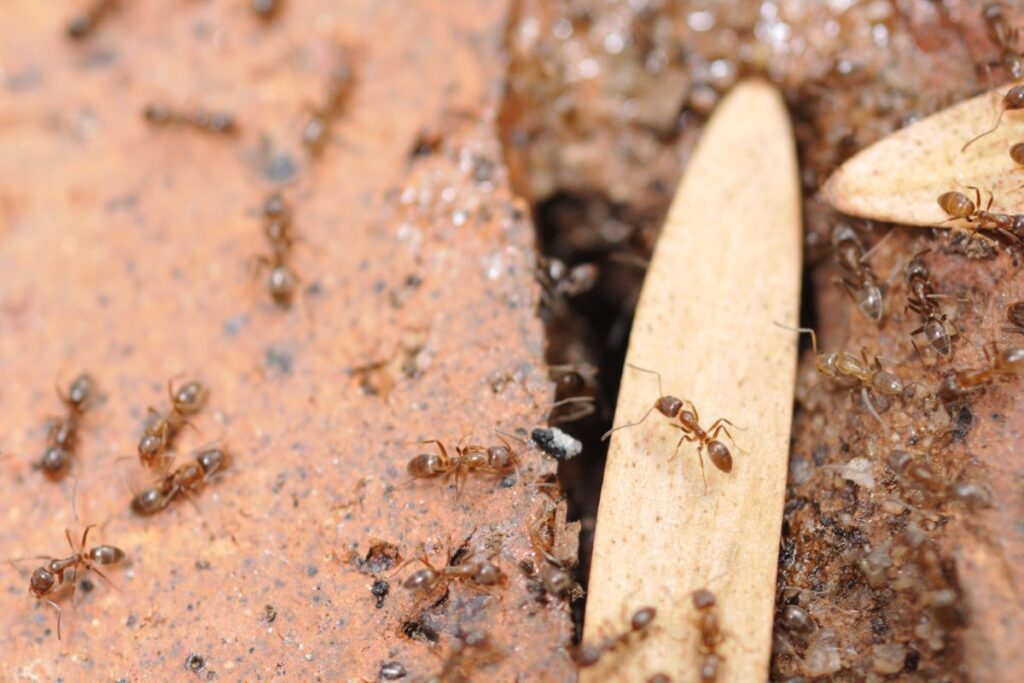
Argentine ants have colonized islands such as Hawaii, killing native insects and displacing larger animals by disrupting food chains. Their cooperative super-colonies make them resilient and impossible to remove entirely.
European Rabbits

Brought to islands like Australia’s Macquarie Island for hunting, European rabbits reproduce at astonishing rates. Overgrazing has caused widespread habitat destruction, leading to the collapse of native plant populations.
Asian Carp
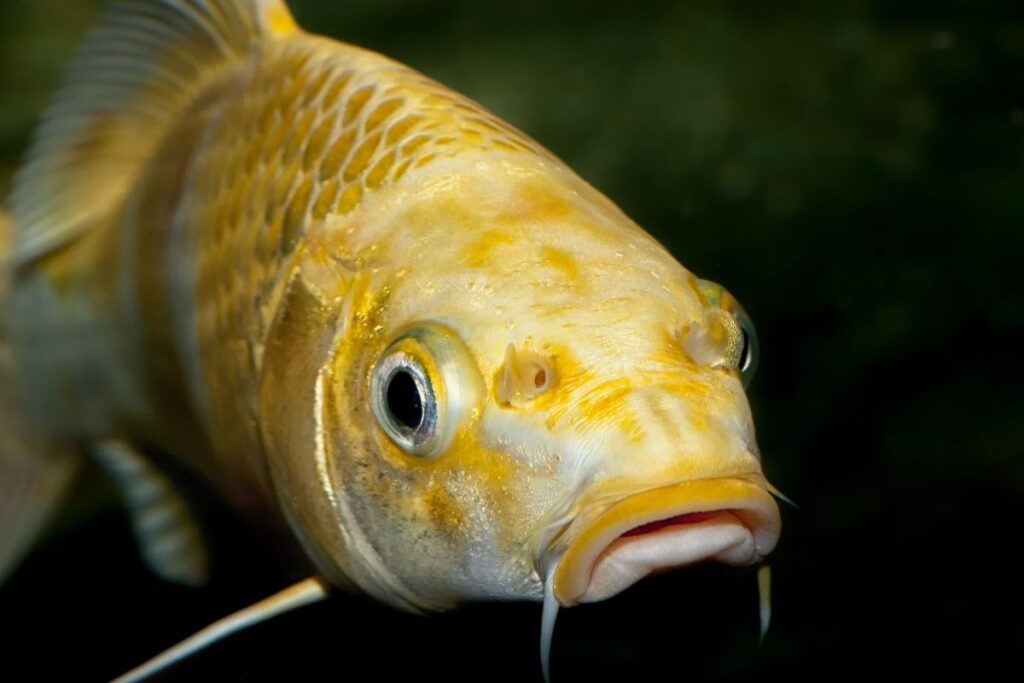
Though primarily a mainland problem, Asian carp have invaded freshwater ecosystems on islands like the Mississippi Delta. They outcompete native fish and disrupt fishing industries, making management impossible.
Coconut Rhinoceros Beetles

These beetles infest islands like Guam, killing native and agricultural palms. Their burrowing destroys trees from the inside out, and their rapid spread makes eradication efforts futile despite ongoing efforts.
Indian House Crows
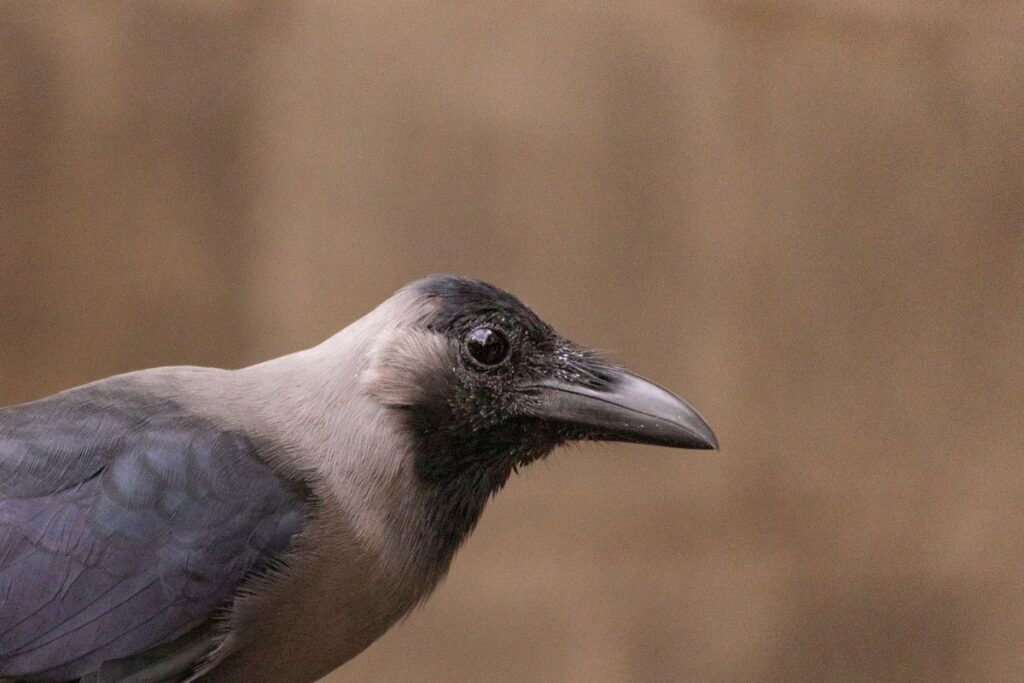
Indian house crows have invaded islands like Zanzibar, spreading disease and outcompeting local bird species. They’re highly intelligent and adaptable, making them extremely difficult to manage or remove.
Red Imported Fire Ants

On islands like the Caribbean, red imported fire ants attack wildlife, crops, and even people. Their painful stings and aggressive behavior make them dangerous, and colonies are almost impossible to eradicate fully.
Wild Boars
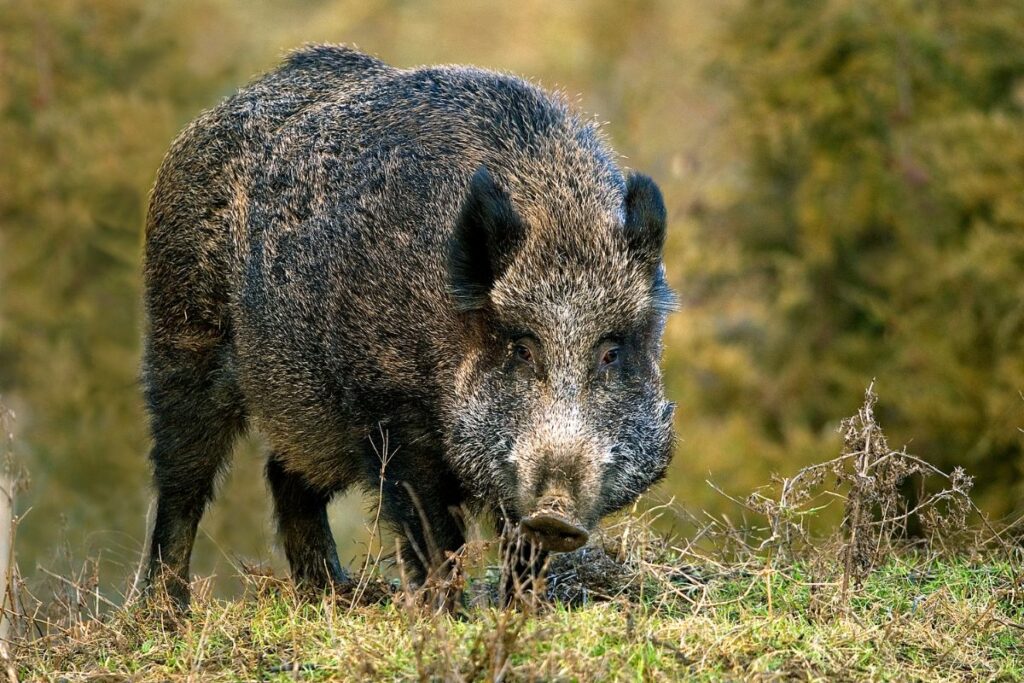
Wild boars have spread across islands like Hawaii, digging up native plants and destabilizing ecosystems. Their destructive rooting behavior and rapid reproduction ensure they remain a major ecological challenge.
Source:
Stay connected with us for more stories like this! Follow us to get the latest updates or hit the Follow button at the top of this article, and let us know what you think by leaving your feedback below. We’d love to hear from you!







